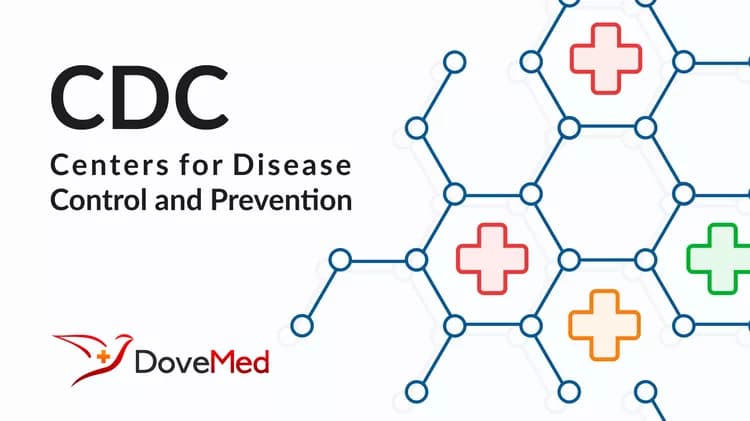
Obesity Epidemic Increases Dramatically In The United States:
Obesity epidemic increases dramatically in the United States:
CDC director calls for national prevention effort
A growing obesity epidemic is threatening the health of millions of Americans in the United States, according to CDC (Centers for Disease Control and Prevention) research published in the October 27, 1999, issue of The Journal of the American Medical Association (JAMA).
According to the findings, the obesity epidemic spread rapidly during the 1990s across all states, regions, and demographic groups in the United States. Obesity (defined as being over 30 percent above ideal body weight) in the population increased from 12 percent in 1991 to 17.9 percent in 1998. The highest increase occurred among the youngest ages (18- to 29-year-olds), people with some college education, and people of Hispanic ethnicity. By region, the largest increases were seen in the South with a 67% increase in the number of obese people. Georgia had the largest increase--101%. The findings also show that a major contributor to obesity -- physical inactivity-- has not changed substantially between 1991 and 1998.
"Overweight and physical inactivity account for more than 300,000 premature deaths each year in the U.S., second only to tobacco-related deaths. Obesity is an epidemic and should be taken as seriously as any infectious disease epidemic, " says Jeffrey P. Koplan, director of the CDC, and one of the authors of the JAMA article. "Obesity and overweight are linked to the nation's number one killer--heart disease-- as well as diabetes and other chronic conditions."
A national effort is needed to control the epidemic, according to Koplan.
"While obese individuals need to reduce their caloric intake and increase their physical activity, many others must play a role to help these individuals and to prevent a further increase in obesity," Koplan says. "Health care providers must counsel their obese patients; workplaces must offer healthy food choices in their cafeterias and provide opportunities for employees to be physically active on site; schools must offer more physical education that encourages lifelong physical activity; urban policymakers must provide more sidewalks, bike paths, and other alternatives to cars; and parents need to reduce their children's TV and computer time and encourage outdoor play. In general, restoring physical activity to our daily routines is critical."
According to surveys conducted in 1977-78 and 1994-96, reported daily caloric intakes increased from 2239 Kcal to 2455 Kcal (calories) in men, and from 1534 Kcal to 1646 Kcal in women. Eating more frequently is encouraged by innumerable environmental changes: more food and foods with higher caloric content, the growth of the fast food industry, the increased numbers and marketing of snack foods, increased time for socializing, and a custom of socializing with food and drink.
At the same time, there are fewer opportunities in daily life to burn calories: children watch more television daily; many schools have done away with or cut back on physical education; many neighborhoods lack sidewalks for safe walking; the workplace has become increasingly automated; household chores are assisted by labor-saving machinery; and walking and cycling have been replaced by automobile travel for all but the shortest distances.
According to Koplan, the American lifestyle of convenience and inactivity has had a devastating toll on every segment of society, particularly on children. Research shows that 60% of overweight 5- to 10-year-old children already have at least one risk factor for heart disease, including hyperlipidemia and elevated blood pressure or insulin levels.
According to CDC research published in the October 13, 1999, issue of JAMA, more than two-thirds of American adults are trying to lose weight or keep from gaining weight but many do not follow guidelines recommending a combination of fewer calories and more physical activity. The 1996 Surgeon General's Report on Physical Activity and Health shows that more than 60 percent of adults are not participating in the recommended 30 minutes a day of moderate physical activity most days of the week. The Report stresses that physical activity need not be strenuous to achieve health benefits.
The October 27 JAMA contains two articles and an editorial on obesity by CDC authors: "The Spread of Obesity in the United States"; "Are Health Care Professionals Advising Obese Patients to Lose Weight?"; and an editorial, "Caloric Imbalance and Public Health Policy."
Koplan will release the findings of the JAMA articles at the American Medical Association's 18th Annual Science Reporters Conference at the University of California at Los Angeles on October 26. (For more information call the AMA at [312] 464-5374.)
For more information about nutrition and physical activity, call toll-free 1-888-CDC-4NRG or visit the CDC website at www.cdc.gov/nccdphp/dnpa.
###
U.S. DEPARTMENT OF HEALTH AND HUMAN SERVICES
Related Articles
Test Your Knowledge
Asked by users
Related Centers
Related Specialties
Related Physicians
Related Procedures
Related Resources
Join DoveHubs
and connect with fellow professionals

0 Comments
Please log in to post a comment.